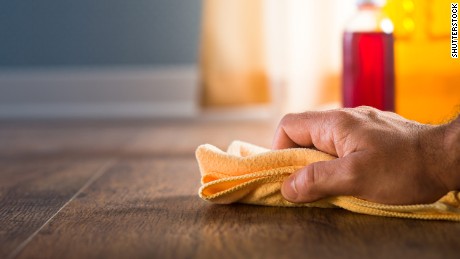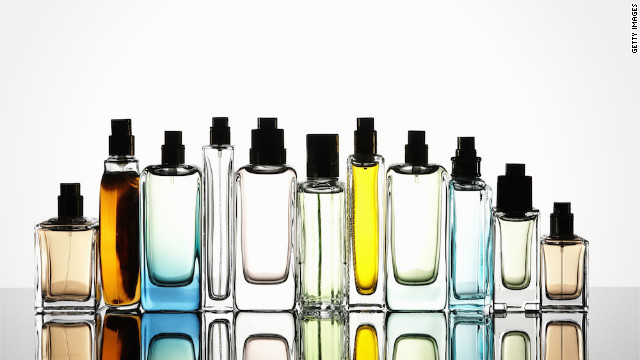Toxic chemicals are hiding in your house dust


(CNN)When was the last time you dusted your house?
Your answer could reveal a lot about your home habits, but the findings of a new study might have everyone upping their game — and potentially keeping wet wipes and hand sanitizer nearby at all times.
Researchers at George Washington University say 45 toxic chemicals are found commonly in your house dust, with 10 of them lurking in 90% of homes across the country.
“Environmental insults during early development can have long-lasting adverse health effects that persist across the lifespan,” Zota said. Phthalate exposure in children “can increase risk of respiratory, behavioral and neurodevelopmental problems.”
Phthalates are also known to disrupt hormones inside the body, meaning they could cause reproductive problems.
“We know from lead that exposures are not acceptable,” said Dr. Asa Bradman, associate director for exposure assessment at the Center for Environmental Research and Child’s Health at the University of California, Berkeley, who was not involved in the new study.
“There’s a strong argument to reduce exposure to children whose brains are changing and bodies are developing.”
As for the study findings, Bradman noted that the reason phthalates were found to be most common in house dust was probably because most studies have been done on this class of chemicals. “By compiling information in this way, there’s always the possibility of exposures that haven’t been studied yet,” Bradman said.
Preventing exposure
Some advice to prevent exposure, other than regularly dusting your home, is to veer away from the traditional feather duster and use a powerful vacuum with a HEPA filter to ensure that all dust particles are sucked up. Regular hand-washing — which has a multitude of benefits — will also reduce exposure to flame retardants found on the surfaces of furniture.
The Silent Spring Institute has created an app to help people understand more about their environmental exposures, aptly named Detox Me.
But both Zota and Bradman stress that there needs to be more research into the range of chemicals people are exposed to at home and changes at the policy level to reduce the number of chemicals entering people’s households, through bans, better regulation and improved underlying chemistry during production.
“There may be chemicals out there that we don’t know about, that we should know about,” said Bradman, whose own research looks into exposure risks, particularly among children. His studies have found phthalates to be common in child care practices in the United States.
“But we can also reformulate materials so that chemicals don’t just go into our bodies,” he added. “There may be ways to have better adhesion [of flame retardants to furnishings] so they don’t get into the environment.”
The issue is also not specific to the United States.
“These consumer product chemicals are widely used throughout the globe and have been detected in homes in the UK and other European countries,” Zota said, adding, “since the European Union has different chemical regulations than the US, the average levels for some of the chemicals may be different than those we found for US homes.”
Read more: http://www.cnn.com/2016/09/14/health/toxic-chemicals-house-dust/index.html


